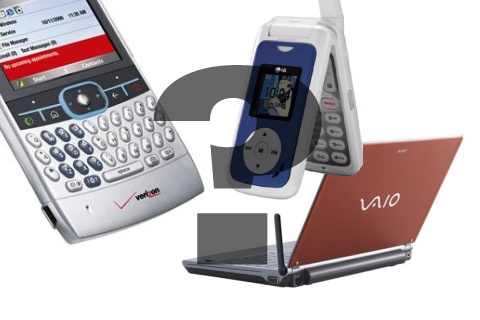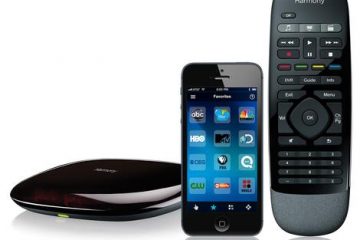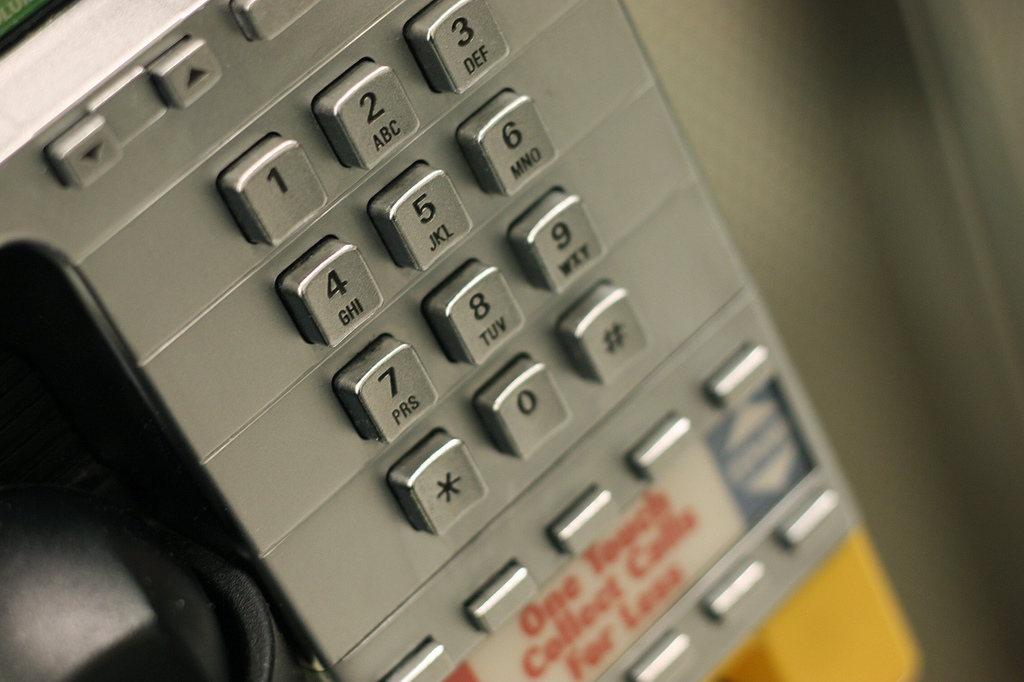So you just got your Sony Vaio TX N10 with EV-DO, and of course you’re a Sprint customer who already lugs around a snazzy Motorola Q and your Fusic to download music on-the-go. At this point your monthly cellular bill is getting high enough that investing in a dedicated cell tower might be cheaper.

The fact is, wireless telecommunications using cellular networks is starting to become rather useful. Protocols like EV-DO are able to achieve respectable 3.1 Mbit/s speeds (Revision A), and the next version of this technology will achieve even greater data transmission speeds. With this kind of data rate it is viable to rely on a wireless cellular device for many of your network communication needs.
“The fact is, wireless telecommunications using cellular networks is starting to become rather useful.”Unfortunately the calling plans from cell providers do not yet match the kind of flexibility you might need to achieve this integration. While GSM provides a somewhat portable identity mechanism (SIM card), this requires you to physically move the card from one device to another and it is further bound by a unique identifier (IMSI).
What if your SIM card could be replicated into multiple devices?
Certainly this would increase the complexity of locating a device on the network, but it would mean that your SIM could be shared between your laptop, mobile PDA and cellphone device. There are products available to do this for you, but it has been discouraged by the cellular phone industry.
“Provide flexible data plans that consumers can use between devices without needing to shuffle a chip from one system to another.”If you can’t beat them — join them! Provide flexible data plans that consumers can use between devices without needing to shuffle a chip from one system to another. Restrictions to only a limited number of devices is acceptable, this can be used to mitigate the risk of network overload. When calls arrive the event should be routed to all available devices with the same IMSI on the network, and the device that answers first is the only one that will be able to participate in the call.
Furthermore, at any given moment only a single device can communicate on the wireless network with the cloned SIM. So if you are running an EV-DO data transmission over your laptop computer it won’t be possible to use your cellphone while the laptop is still connected. This is a perfectly reasonable limitation, and it is also acceptable that a one-time setup fee should be charged to deliver the additional SIM replica.
It is unrealistic to have to pay hundreds of dollars a month in cellular fees when in fact only one device is ever active at any given moment. In order for cellular wireless to truly take off, the phone companies need to embrace this capability and provide consumers with the kind of flexibility they need to use many different wireless devices on the same wireless network.


